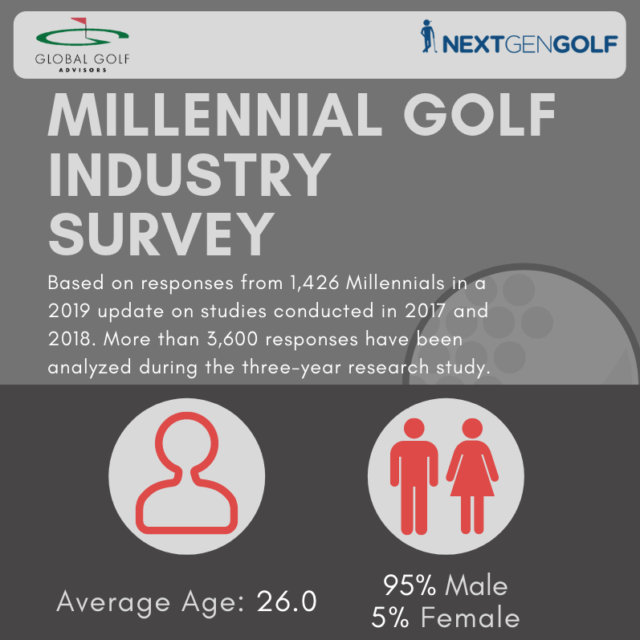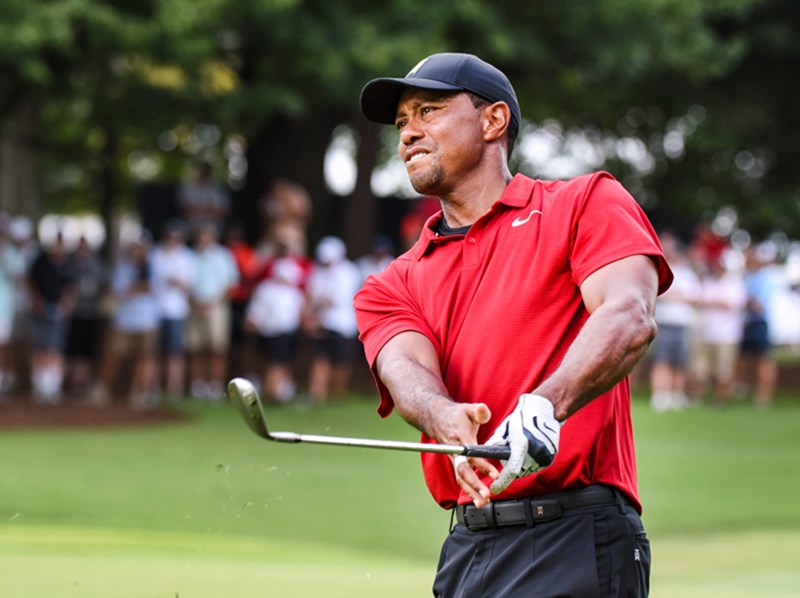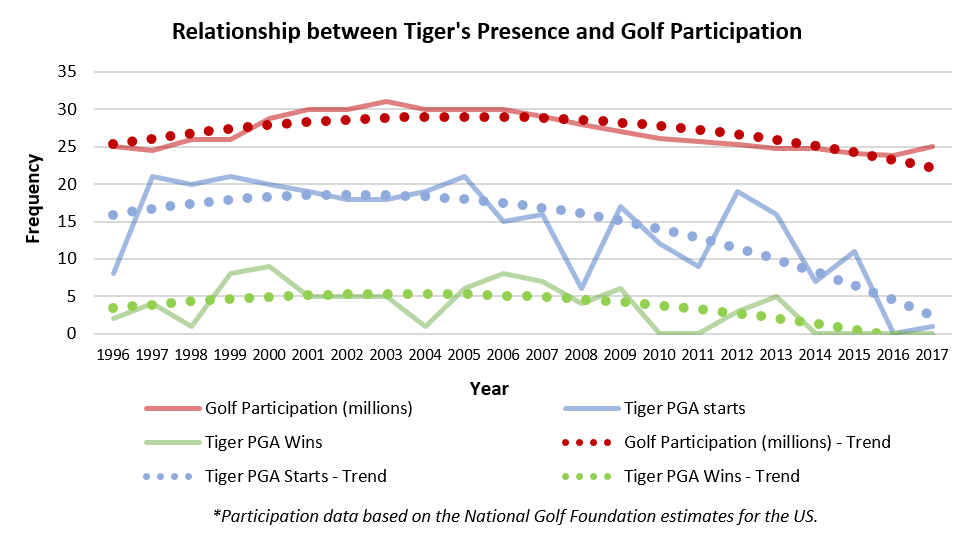A few years ago, Time magazine published an exhaustive look at millennials titled “The Me, Me, Me Generation.” The story took some shots at a generation characterized as “lazy, entitled narcissists who still live with their parents,” but concluded that the world’s 80 million 18- to 34-year-olds will “save us all.”
Global Golf Advisors has done extensive research into what makes millennials tick – especially from a golf perspective – aimed at answering this question: “Will they also save golf?”
Their numbers portend their potential. Millennials are responsible for the majority of purchases of everything from groceries to automobiles. They’re also beginning to settle down, with careers, homes and kids of their own. As they do, their global spending power is estimated in excess of $600 billion a year.
There are about 6.4 million millennial golfers, according to the National Golf Foundation. That’s more than any golf cohort, other than 6.8 million Gen Xers, whose birth years are generally considered 1965 to 1984. By contrast, there are 5.4 million baby boomers, once thought to be golf’s saviors, but now on the back nine of their golfing careers. Here’s what else we know about millennials:
- They are the first generation of tech natives. They practically teethed on their PCs, tablets and smartphones. They love their phones, but hate talking on them.
- They crave new experiences, even more than material goods.
- They need to feel like what they’re doing is important.
- They aren’t as willing as former generations to sacrifice their personal life to advance their careers.
- They’re heavily influenced by product reviews, Q&A’s and photos posted by other consumers.
But what will it take to turn their potential into our reality? Global Golf Advisors teamed up with Nextgengolf to survey millennial golfers across the U.S. Here’s what we learned:
The No. 1 reason millennials play golf is to hang out with friends. That’s closely followed by enjoying being outdoors and athletic competition. Interesting, business-related reasons, such as growing their network, were last on their list. They just want to have fun.
The millennials in the survey who play at daily fee courses are frugal. Slightly more than 80 percent want to spend $50 or less on a round of golf. Sixty percent typically spend between $25 and $50.
Three-quarters of millennials will consider joining a private club in the future. Twelve percent are already a private club member. Nearly half of participating millennials plan on joining a private club within the next three to 10 years.
Factors influencing their decision to join a club also show the importance of the social side of the club experience. The most important factor that influences a membership decision is a recommendation. Eighty-three percent of survey respondents said encouragement from a friend, colleague or family member might cause them to join a club. These are folks who are accustomed to reading reviews and acting on the recommendation of others. The second most influential factor was a positive experience while attending a tournament or special event at the club.
For most, though, golf is not enough of a draw to join a club. You must remember: millennials are social animals. Many are involved in as many as 10 recreational activities. That’s why a workout center, for example, is a valuable investment for clubs and golf facilities that want to increase their appeal to millennials.
Millennials like options and flexibility, and that characteristic was borne out in the portion of the survey focusing on entrance fees and dues. Forty-one percent of millennials would prefer to pay more annually than pay an entrance fee to join a private club. Approximately half said they would prefer an annual fee of $3,000 or less to belong to a club.
The challenge for clubs? To create an environment that not only appeals to the new wave, but also one where members of all generations can co-exist.
This piece was authored by GGA Partner Henry DeLozier for Golf Course Industry Magazine.









